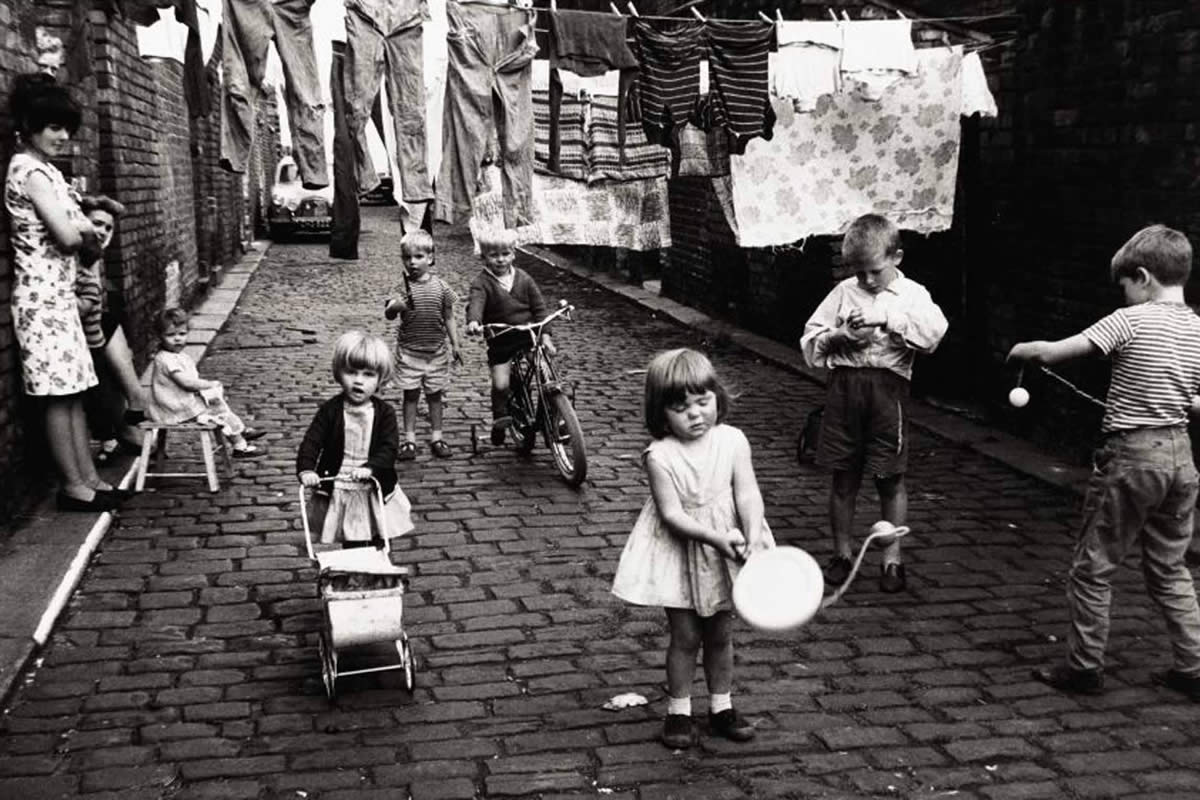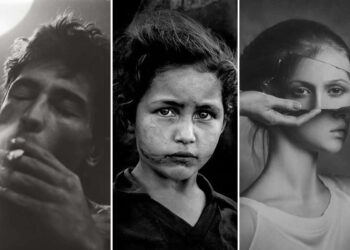In the annals of British photography, few names resonate as profoundly as Shirley Baker (1932-2014). Known for her compassionate eye and unwavering dedication to documenting everyday life, Baker’s work captures the essence of humanity in its most raw and authentic forms. From the bustling streets of post-war Manchester to the quiet resilience of working-class communities, her photographs stand as poignant testaments to a vanishing way of life. This article delves into the life, work, and enduring influence of this master photographer.
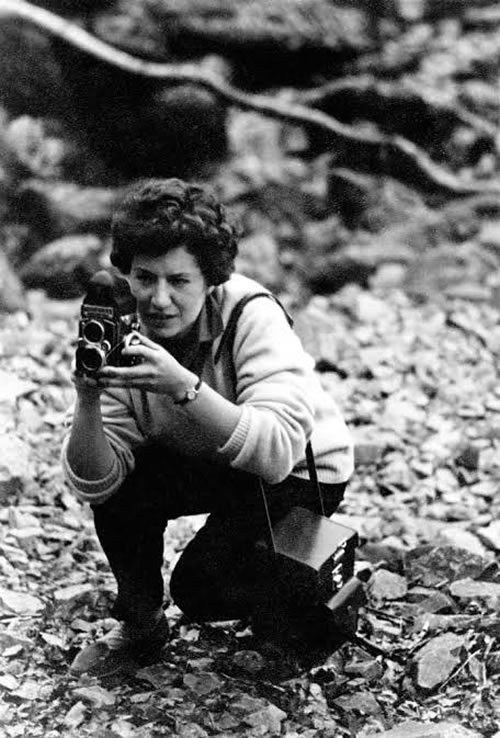
You can find Shirley Baker on the Web:
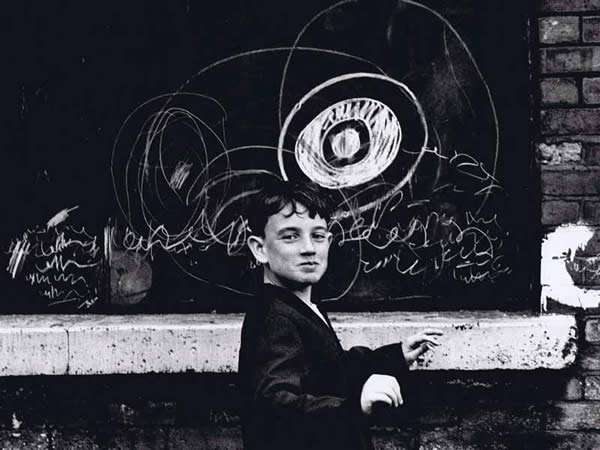
© Shirley Baker
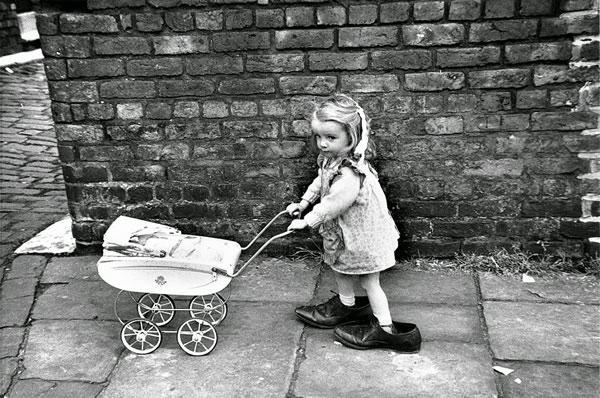
© Shirley Baker
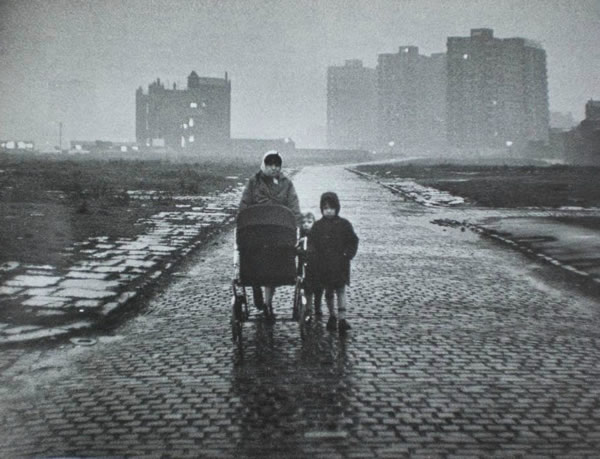
© Shirley Baker
A Photographer’s Genesis
Born in Salford in 1932, Shirley Baker grew up in the shadow of industrial Manchester, a city marked by its factories, terraced housing, and vibrant street life. From an early age, Baker exhibited a fascination with the world around her, an interest that eventually blossomed into a career in photography. She studied photography at Manchester College of Technology and later took courses in medical photography at the Royal College of Art in London.
Baker began her career as an industrial and medical photographer, but her true passion lay in capturing the social fabric of her surroundings. At a time when street photography was predominantly a male domain, Baker carved out a space for herself with her unique perspective and unwavering dedication to her craft.
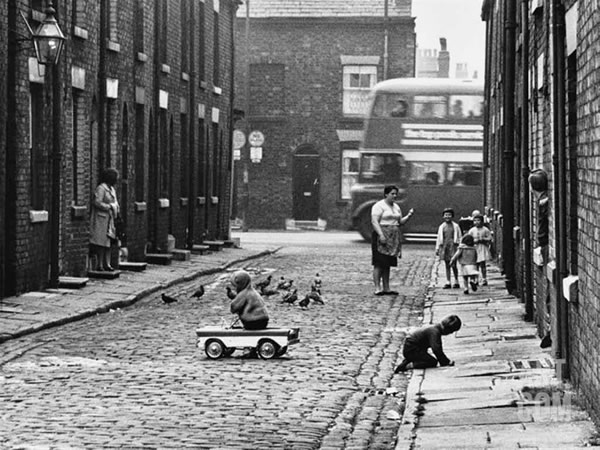
© Shirley Baker
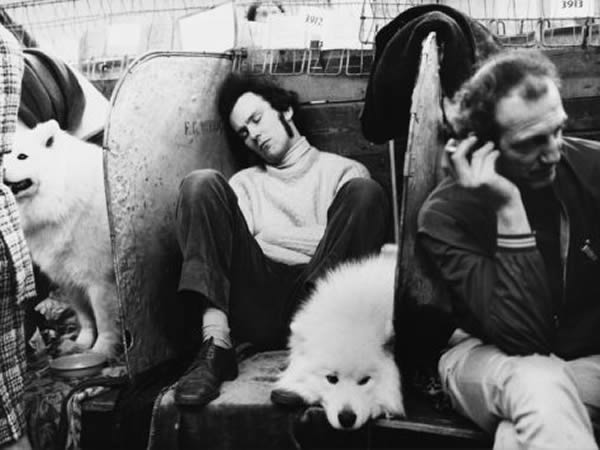
© Shirley Baker
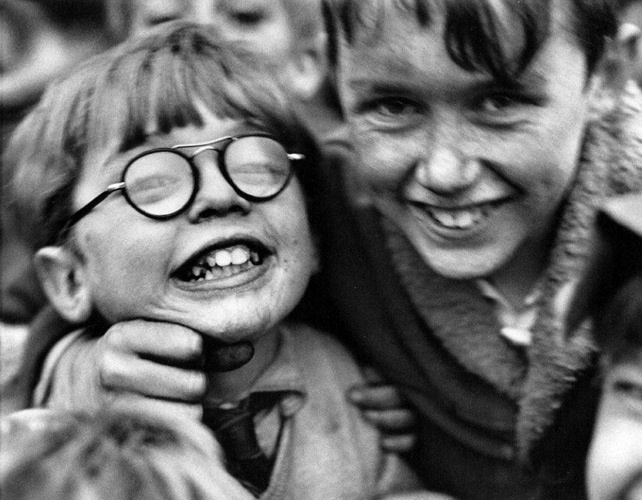
© Shirley Baker
Documenting a Changing World
Baker’s most iconic work emerged during the 1960s and 1970s, a period of immense social and economic upheaval in Britain. The sweeping slum clearances in the north of England displaced countless working-class families, replacing their tightly knit communities with sprawling high-rise developments. Amid this transformation, Baker took to the streets with her camera, documenting the lives of those caught in the throes of change.
Her black-and-white photographs from this era are a masterclass in storytelling. Children playing amid rubble, women chatting on doorsteps, and men going about their daily routines—each image brims with life, humor, and pathos. Unlike many photographers of her time, Baker eschewed sensationalism, choosing instead to portray her subjects with dignity and empathy. Her work offers a rare glimpse into the resilience and camaraderie of working-class communities, even as their way of life was being dismantled.

© Shirley Baker
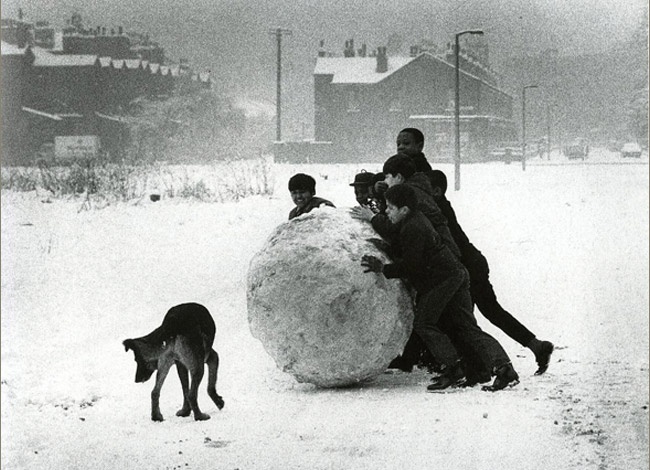
© Shirley Baker
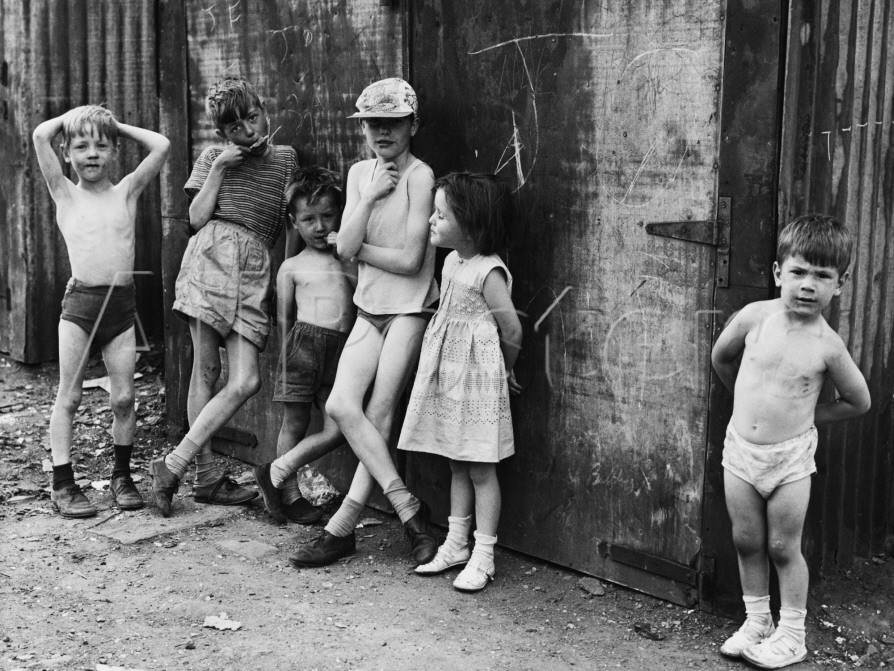
© Shirley Baker

© Shirley Baker
A Distinctive Style
Baker’s photographic style is characterized by its spontaneity and intimacy. She often worked with a 35mm Leica camera, which allowed her to move unobtrusively through the streets and capture candid moments. Her compositions are meticulously balanced, blending dynamic movement with subtle visual humor. Baker had a keen eye for the interplay of light and shadow, using natural light to imbue her images with depth and texture.
While her work is deeply rooted in the documentary tradition, it also carries an artistic sensibility. Baker had a knack for finding beauty in the mundane, elevating ordinary scenes to the level of art. Her photographs are not just records of the past; they are evocative studies of human emotion and connection.
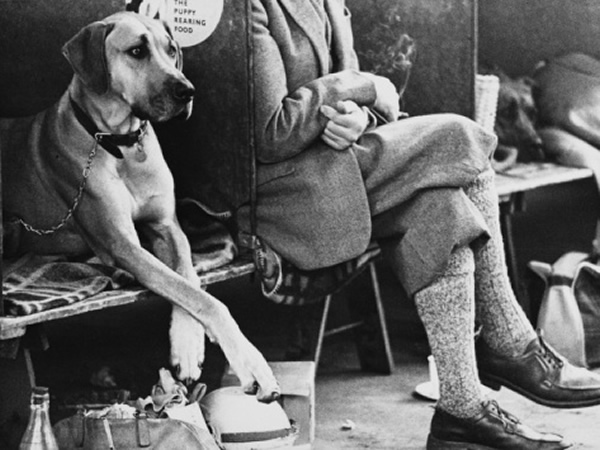
© Shirley Baker
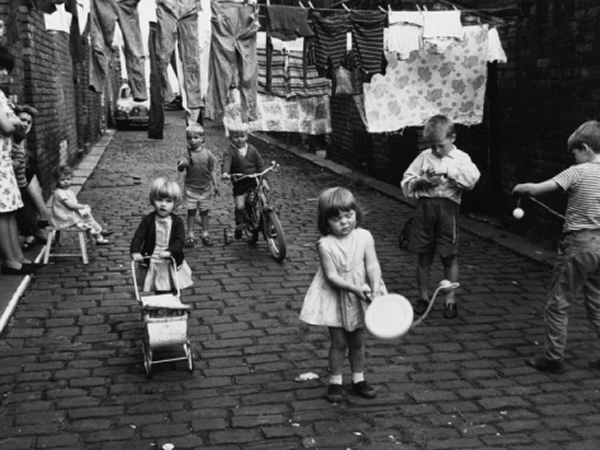
© Shirley Baker
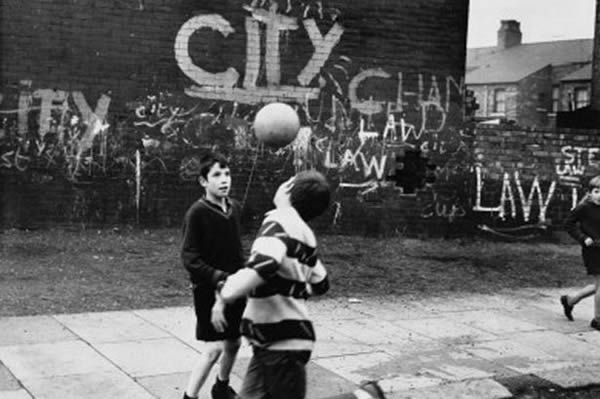
© Shirley Baker
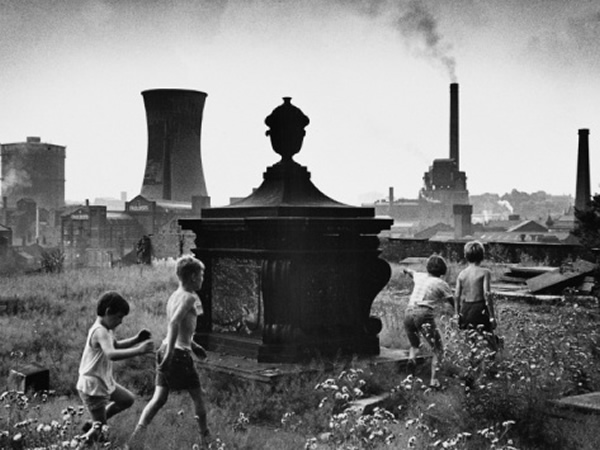
© Shirley Baker
Legacy and Recognition
For much of her life, Shirley Baker’s work was overlooked by the mainstream art world. However, in recent years, there has been a renewed appreciation for her contribution to photography. Exhibitions of her work have been held at prestigious institutions such as The Photographers’ Gallery in London and the Manchester Art Gallery, introducing her images to new generations of viewers.
Baker’s photographs have also gained recognition for their historical significance. They serve as invaluable records of a bygone era, offering insights into the social and cultural dynamics of post-war Britain. Her work has been included in several publications, including the critically acclaimed book Women and Children; and Loitering Men.
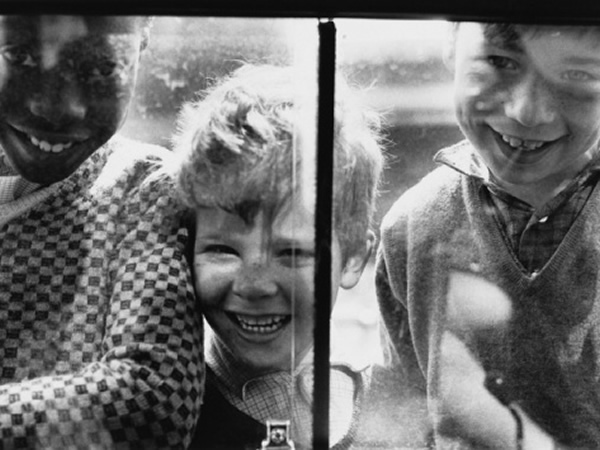
© Shirley Baker
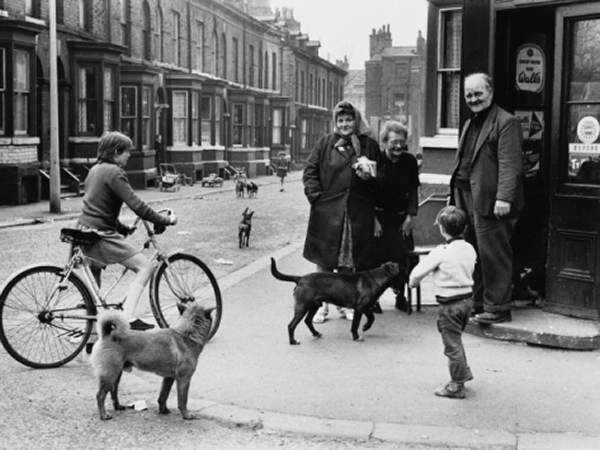
© Shirley Baker

© Shirley Baker
A Timeless Vision
Shirley Baker’s photographs resonate not only because of their historical value but also because of their timeless humanism. In an age where the pace of change often eclipses the people it affects, her work serves as a reminder of the importance of community, resilience, and compassion. Through her lens, we are invited to see the world not just as it was, but as it could be—a place where every life, no matter how ordinary, is worthy of attention and care.
As we reflect on Baker’s legacy, we are reminded of the enduring power of photography to tell stories, preserve memories, and inspire empathy. In Shirley Baker, we find not just a master photographer but also a chronicler of the human spirit, whose work continues to captivate and move us decades after it was created.
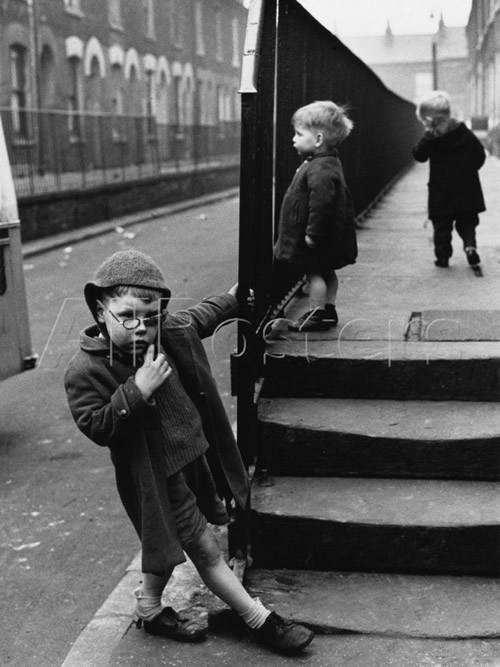
© Shirley Baker
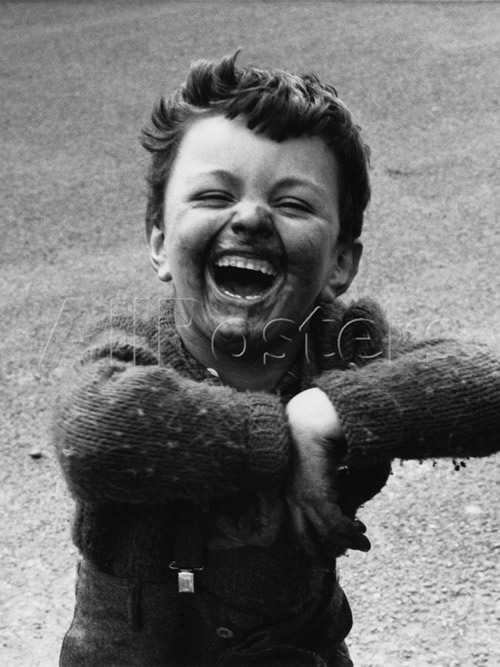
© Shirley Baker
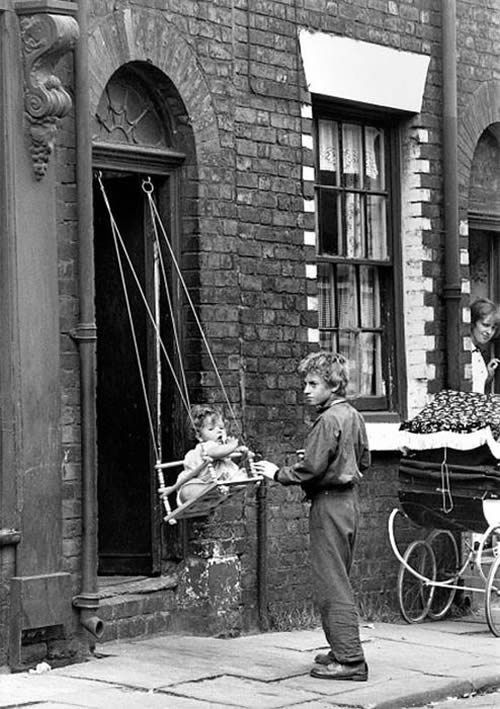
© Shirley Baker
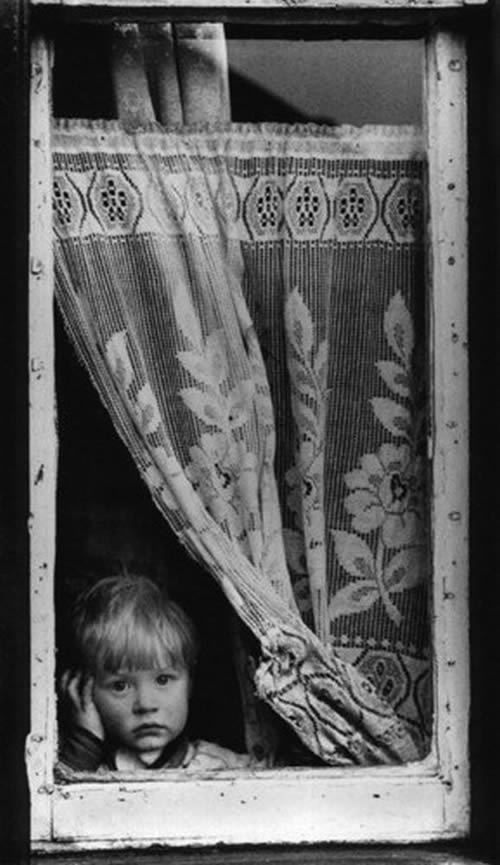
© Shirley Baker
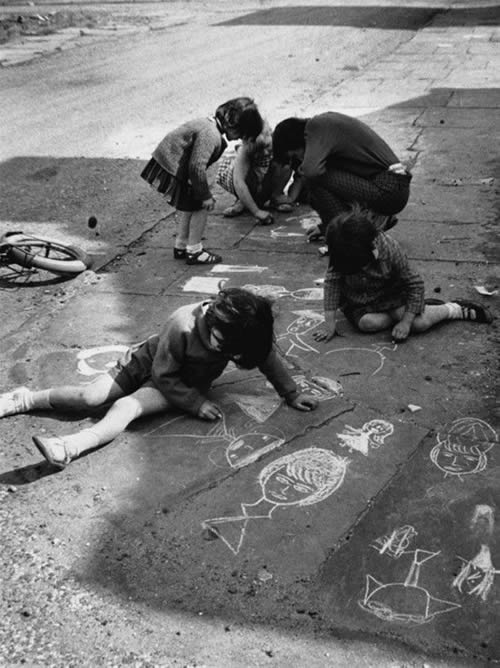
© Shirley Baker
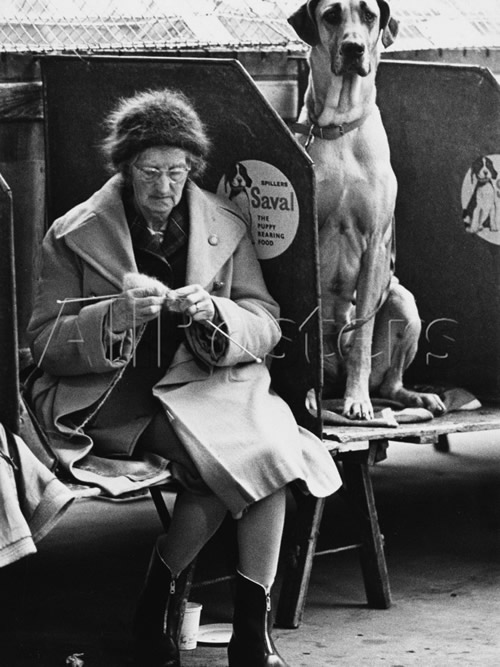
© Shirley Baker
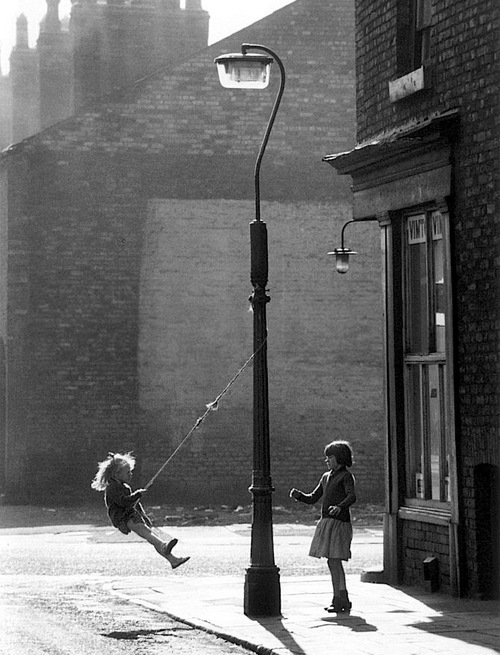
© Shirley Baker
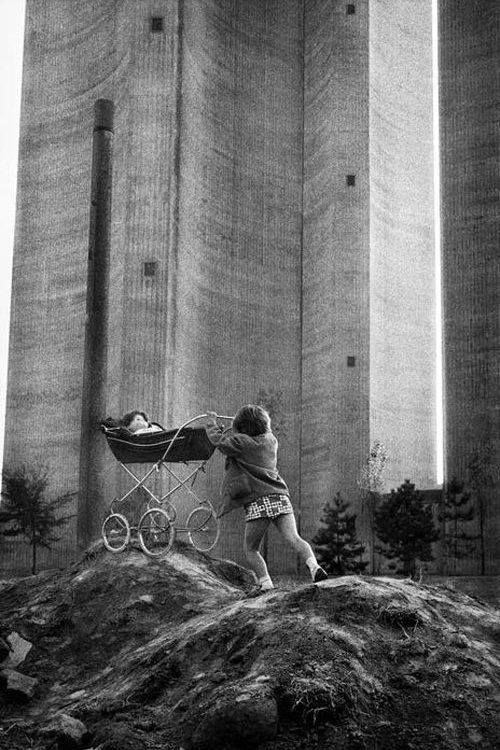
© Shirley Baker
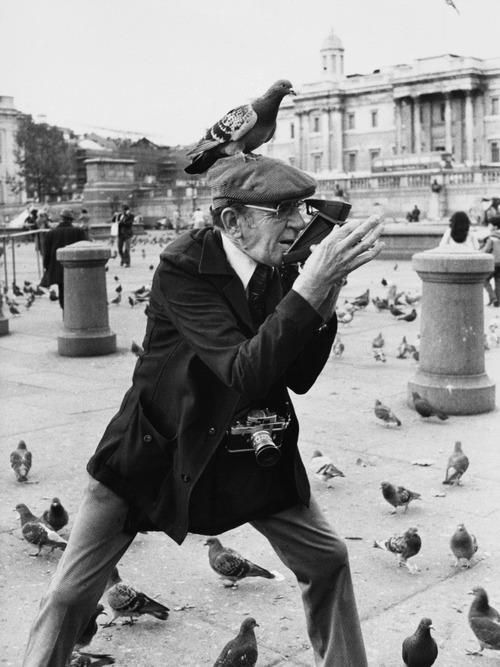
© Shirley Baker
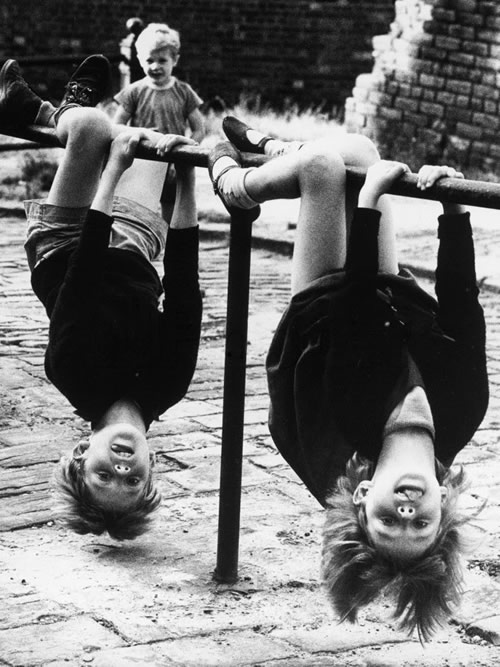
© Shirley Baker
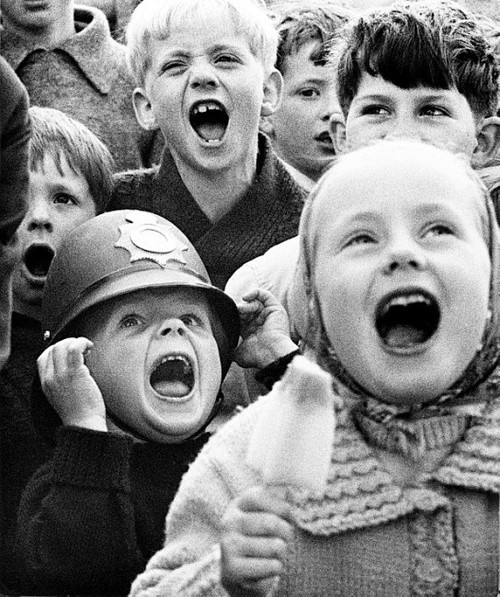
© Shirley Baker
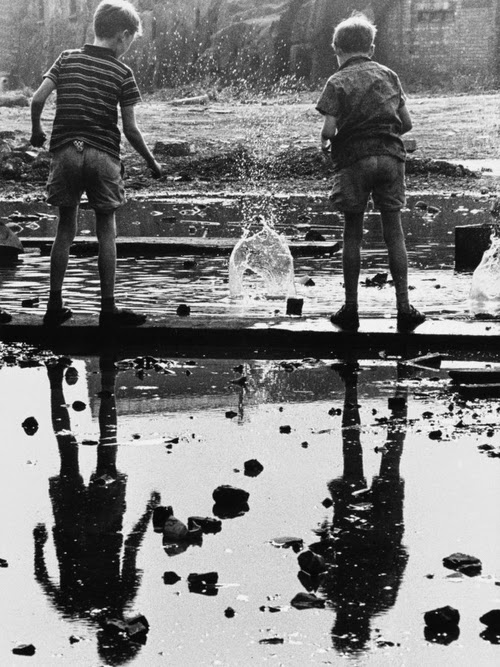
© Shirley Baker
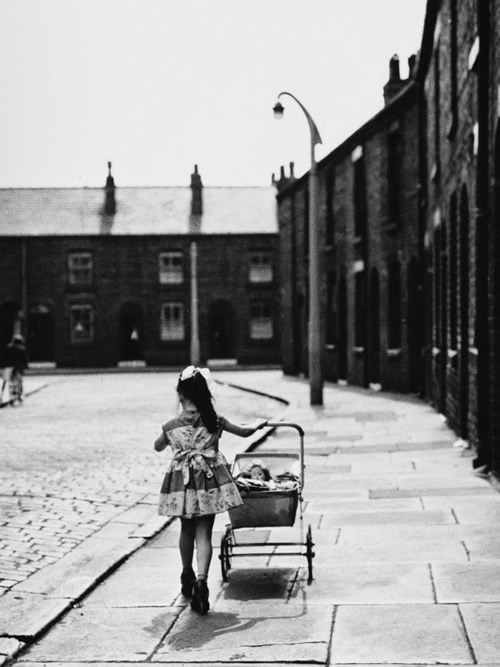
© Shirley Baker

© Shirley Baker
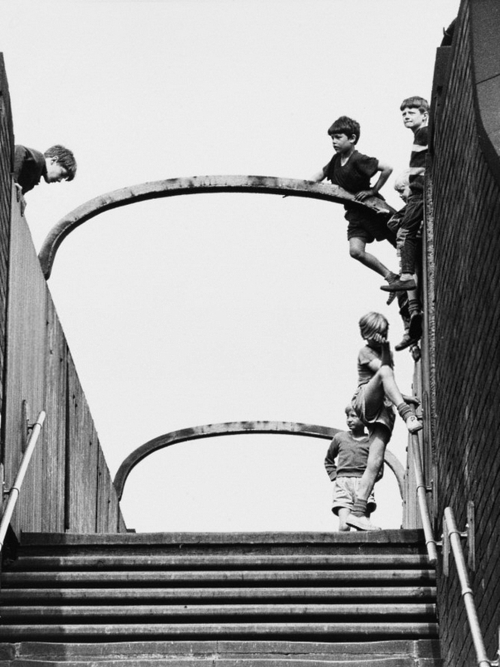
© Shirley Baker
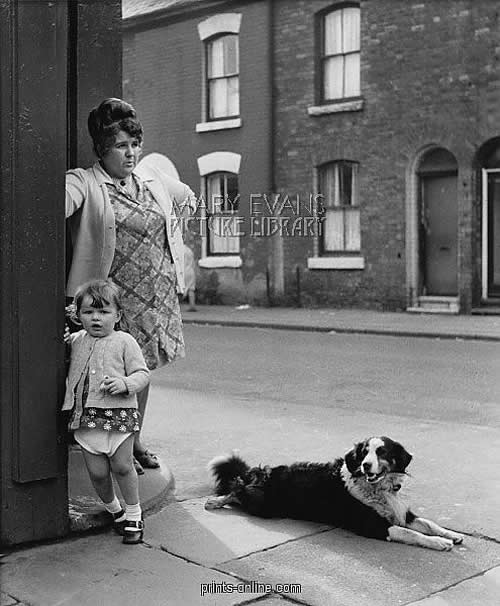
© Shirley Baker
Related Articles:
- Master Photographer Bruno Barbey: A Visionary of Color and Human Experience
- Master Photographer Alex Webb: A Journey Through Color, Culture, and Human Connection
- Master Photographer Elliott Erwitt: A Life Through the Lens of Wit, Humanity, and Timelessness
- Master Photographer Steve McCurry: A Legacy in Visual Storytelling

